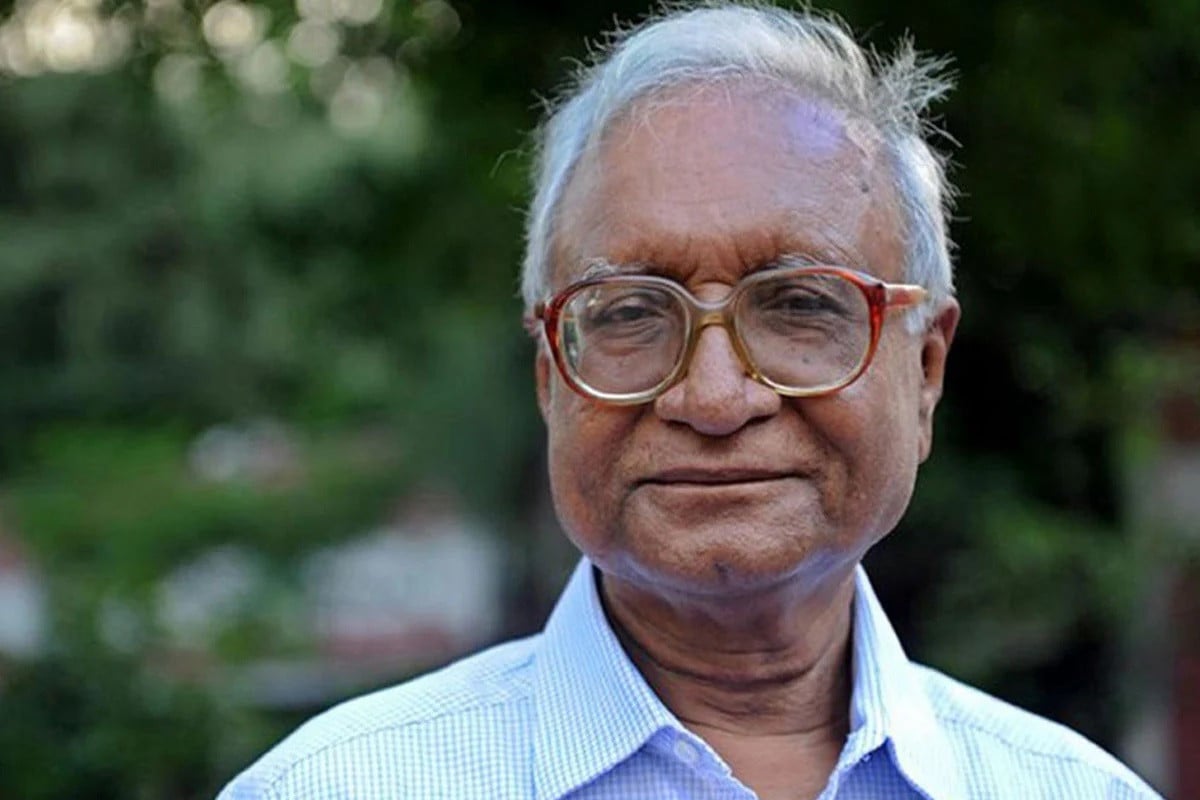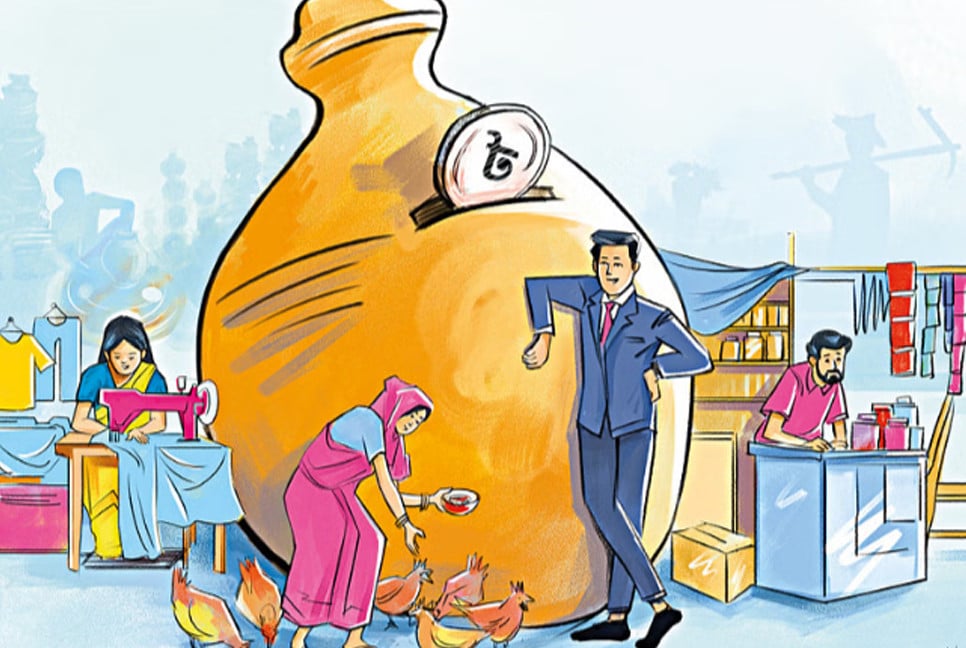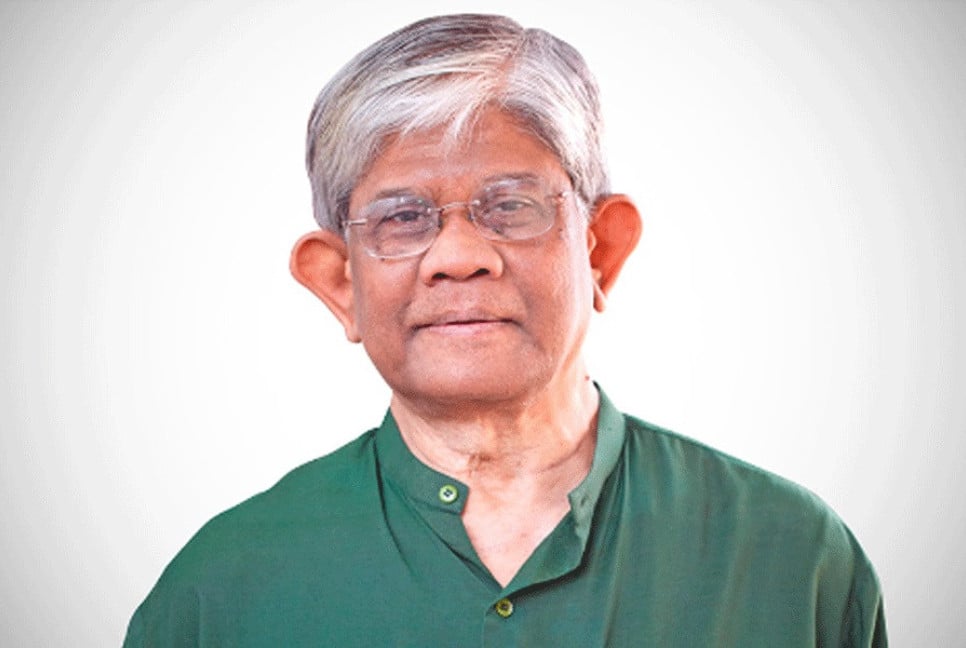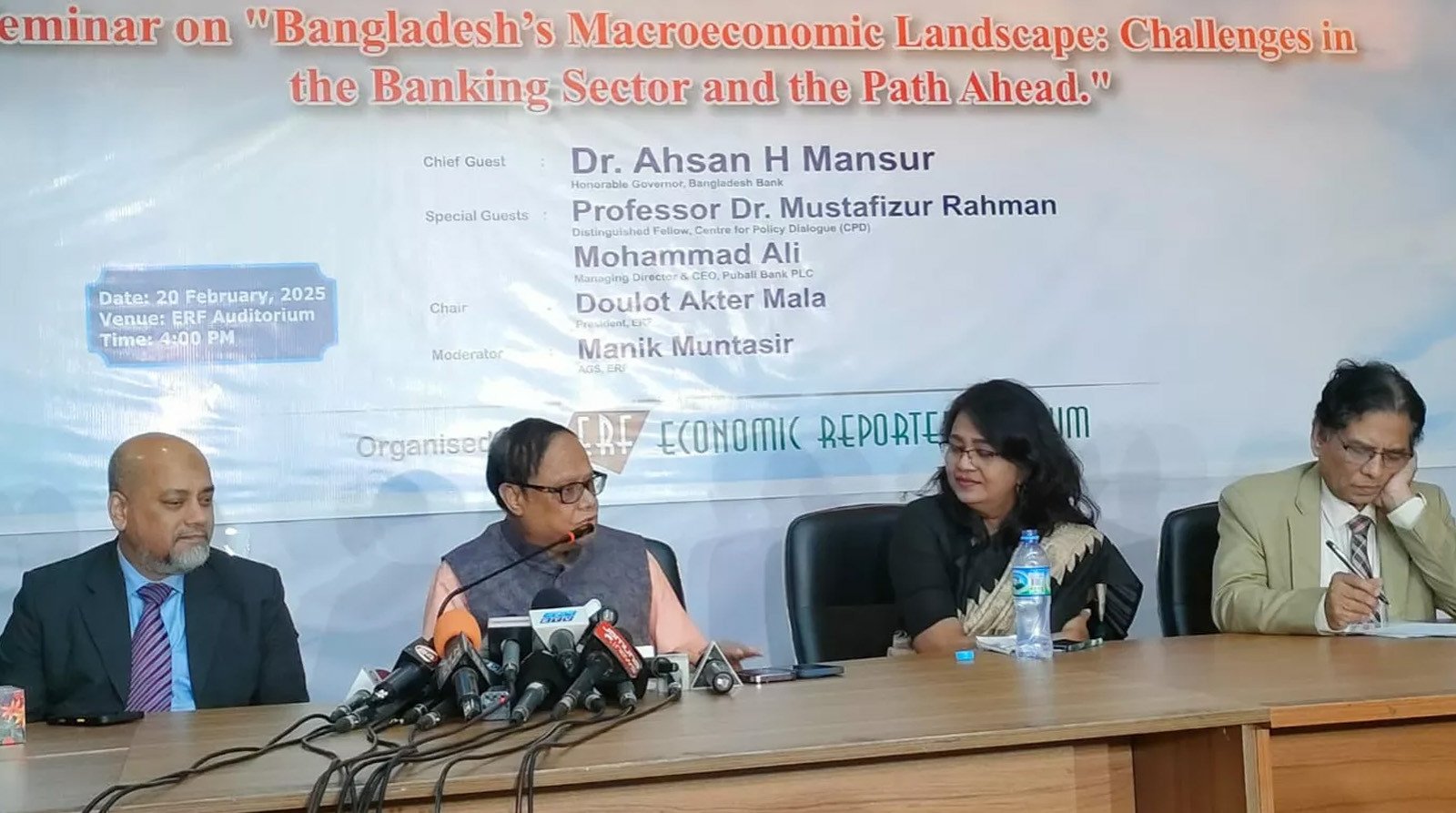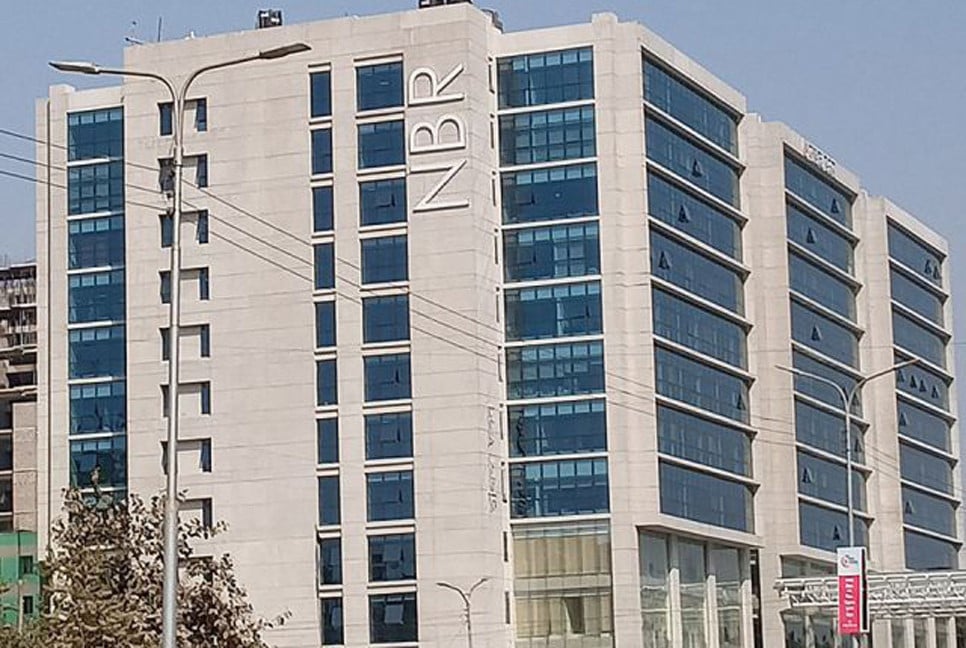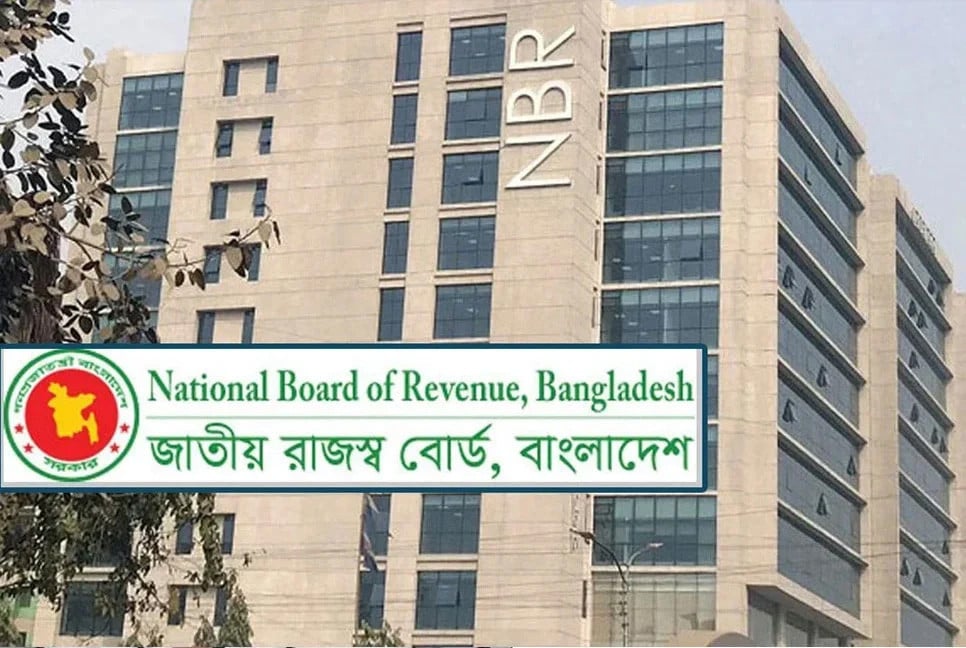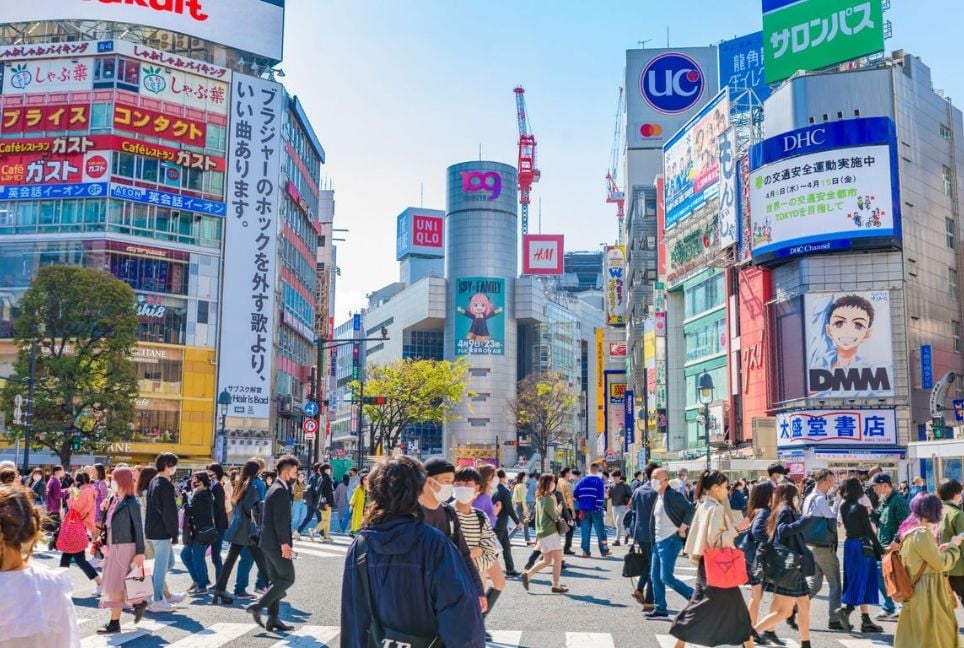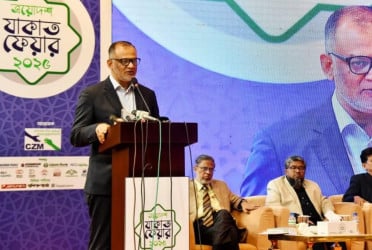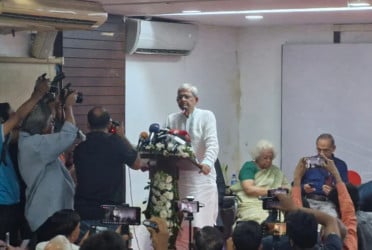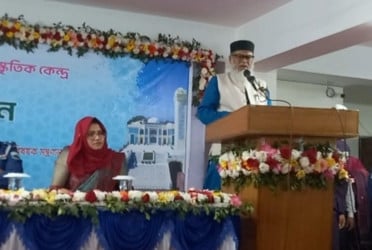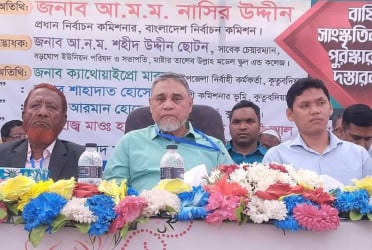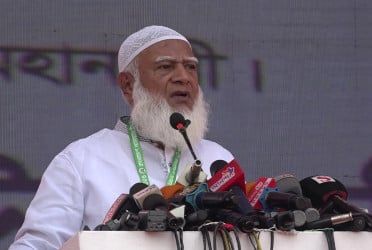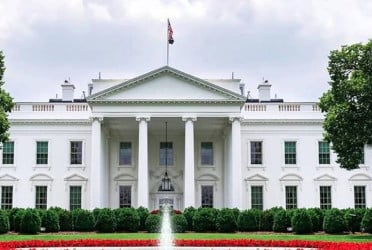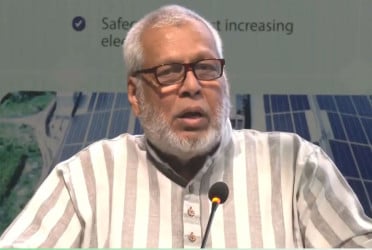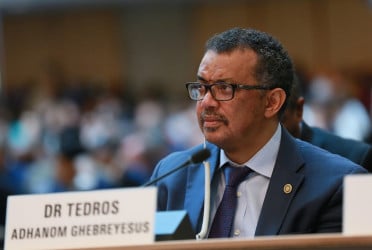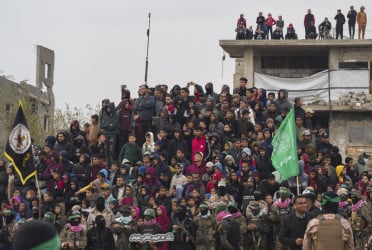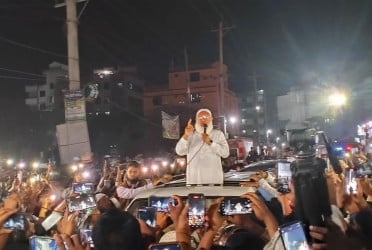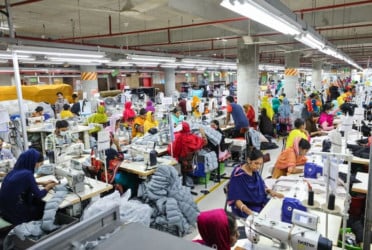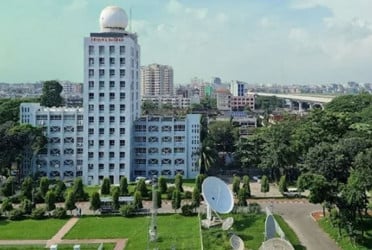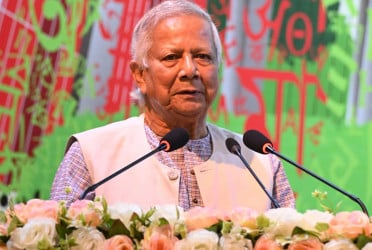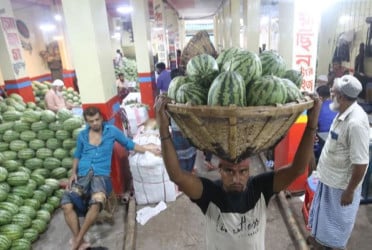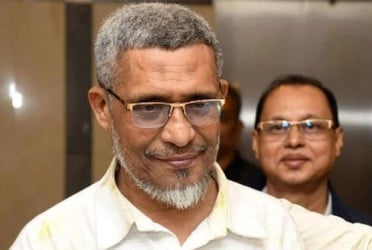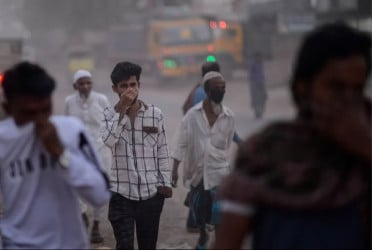A survey by the private organization 'Youth Matters' reveals that 42% of Bangladeshi youth aspire to move abroad. Is this number surprisingly low or high? It likely depends on the demographic surveyed. If the sample included youth from both urban and rural areas, the figure might be representative. However, if the focus were solely on educated urban youth, the percentage could potentially be much higher, as they may be more inclined to seek opportunities abroad.
The primary issue is the lack of job opportunities in the country, with unemployment steadily rising. Experts note that unemployment is particularly severe in rural areas, where it is double that of urban regions. Despite this, rural residents often lack the resources or confidence to seek opportunities abroad—yet many still take the leap. Driven by the hope of better earnings, they sell their land or mortgage their homes to fund their journey.
However, a growing number of those who ventured abroad are now returning. The reasons include a global economic recession and a declining demand for manual labor due to advancements in machinery and automation. This shift highlights the challenges faced both at home and abroad.
The menace of fraudsters exploiting desperate individuals is an alarming issue, especially for young women. Lured by false promises of better opportunities abroad, many find themselves in grave danger, particularly in the Middle East, where demand for female workers is high. Reports of women being sold or forced into the sex trade have surfaced, raising concerns about modern-day slavery.
Who would think slavery does not exist today? Once, the youth of Bangladesh stood fearless against oppression. During British rule, under Pakistan, and especially in 1971, they fought valiantly for freedom, forcing invaders to surrender. But today, unemployment has driven the youth to seek survival abroad.
The Bangladesh Bureau of Statistics reports a decline in employment by four lakh, with eight lakh university graduates currently unemployed. Critics argue the real numbers are likely higher. With limited standard vacancies, many leave the country out of necessity. Data reveals that around 1.5 crore Bangladeshis are now living overseas—a stark reflection of the nation’s employment crisis.
Why hasn’t the country increased its resources for domestic job creation? There’s no shortage of labor; young people are ready to work hard, whether at home or abroad. Those determined to study or work overseas already demonstrate their commitment. The real issue isn’t labor—it’s capital.
Why isn’t capital being generated domestically? Why isn’t income being reinvested within the country? Unfortunately, much of Bangladesh’s income is being siphoned abroad. Wealthy Bangladeshis transfer their money overseas, using it for luxury living, purchasing properties, or investing in foreign businesses. A significant amount of Bangladeshi capital is now fueling investments in Singapore.
Even export earnings are not fully benefiting the country. Although goods produced in Bangladesh are being exported, $9 million of export income hasn’t returned home. Instead, it remains abroad.
Recently, Dubai has become another hotspot for Bangladeshi business ventures. The growth rate of Bangladeshi-owned businesses there now rivals that of Indian entrepreneurs. Currently, the Dubai Chamber of Commerce registers 1,044 Bangladeshi companies—a clear sign of substantial external investment.
The question remains- if this capital were reinvested in Bangladesh, what could the future hold for its youth?
It's good to do business, but where did they get the money? It certainly wasn’t earned in Dubai—it was taken from Bangladesh. The legal route isn’t an option due to restrictions, and the illegal path, though illicit, is often smoother. Navigating the legal way involves endless red tape and appeasing ranks, whereas a little extra "satisfaction" through shady means seems to open every door.
The scale of PK Halder’s money laundering is staggering—almost magical in its audacity—yet it happened. And PK Halder is not an isolated case; there are many others like him. Moreover, there must have been numerous accomplices, both behind the scenes and in plain sight. How else did he manage to escape? Even now, though apprehended, why is his full story shrouded in mystery?
Why does it seem the youth have lost the drive to fight as they once did? The struggle was always against the state—not as an ally, but as an adversary. Back then, the fight was essential. Has the state's perceived transformation into an ally made resistance obsolete?
Absolutely not. The state was an enemy then and remains so now. Its enmity hasn’t diminished; instead, it has become more sophisticated and efficient, cloaked in non-partisan rhetoric. The state now pretends its purpose is to improve lives, foster national progress, and serve its people. It propagates the illusion of unity, emphasizing shared nationality and common interests. The media, more powerful than ever due to technological advancements and capitalist monopolies, amplifies this deception, turning half-truths and outright falsehoods into accepted realities.
The youth, however, remain a threat. The state fears them, and society often distrusts them. Measures to suppress youth dissent are implemented under state policies, with society complicit. A glaring example is the absence of student councils in universities. Once a democratic training ground for young minds, student councils have been systematically eroded. Even during military rule, these councils existed, but following the so-called democratic governments post-1991, they disappeared. What replaced them is the domination of ruling party-backed student organizations—a clear indication of the state's increasing autocracy and slide toward fascism.
The state’s strategy is simple: allow young people to devolve into hooligans, drug addicts, or gang members. A disengaged and disempowered youth poses no threat to the ruling order. The more the youth lose their vigor and purpose, the stronger the rulers’ grip on power becomes.
The fight against discrimination and inequality is not new. It has always been the battle cry of the oppressed. But this struggle must be reignited repeatedly because inequality persists—and will continue—unless the system itself changes. Without systemic change, inequality grows unchecked.
Even after monumental upheavals, such as those in the 1990s, the spirit of resistance echoed through voices like Maulana Bhasani, who famously declared, “Some will eat, and some will not—that will not happen!” This defiant stance connects with the legacy of youth movements in the 1970s and earlier. From the martyrdom of Asad in 1969, whose comrades chanted “Asad’s ideology is democracy,” to the 1952 language martyrs like Barkat, the youth have always stood at the forefront of the fight against injustice and oppression.
The creativity and resilience of youth have always been the cornerstone of social movements. In times of repression, young people devised innovative strategies and inspired hope among the masses. Their courage and determination earned the trust and support of the general public, turning grassroots movements into significant victories.
Even in the face of suppression, the indomitable spirit of youth finds expression—whether in the slogans chanted in protests or in the writings that bloom like graffiti on city walls. The youth’s legacy is one of relentless resistance, a reminder that the fight for justice is far from over.
Bd-pratidin English
Translated by Jisan Al Jubair

